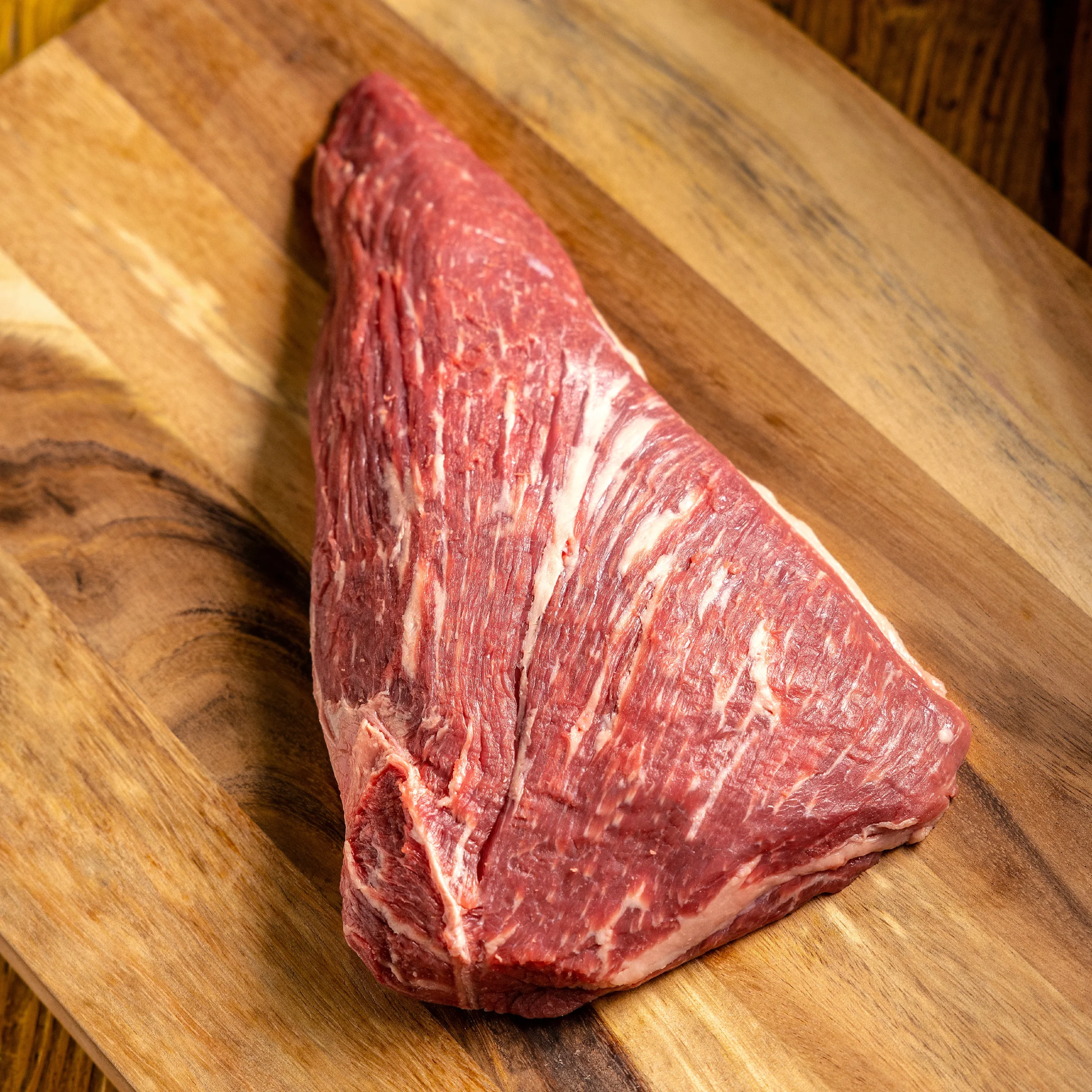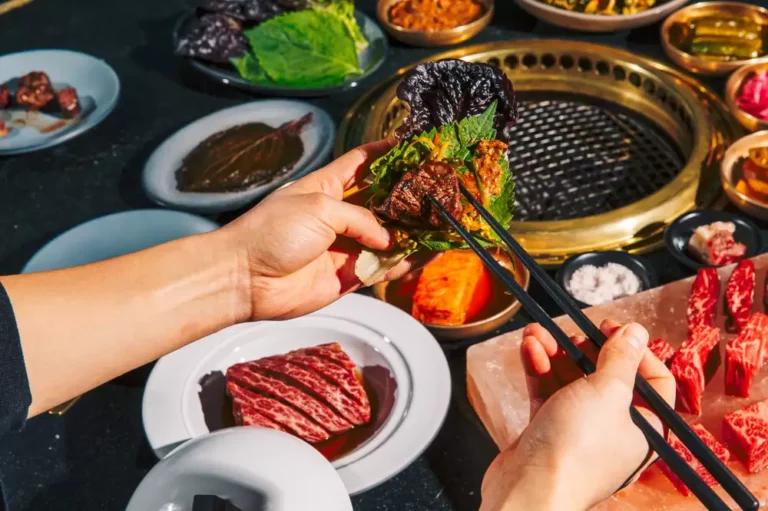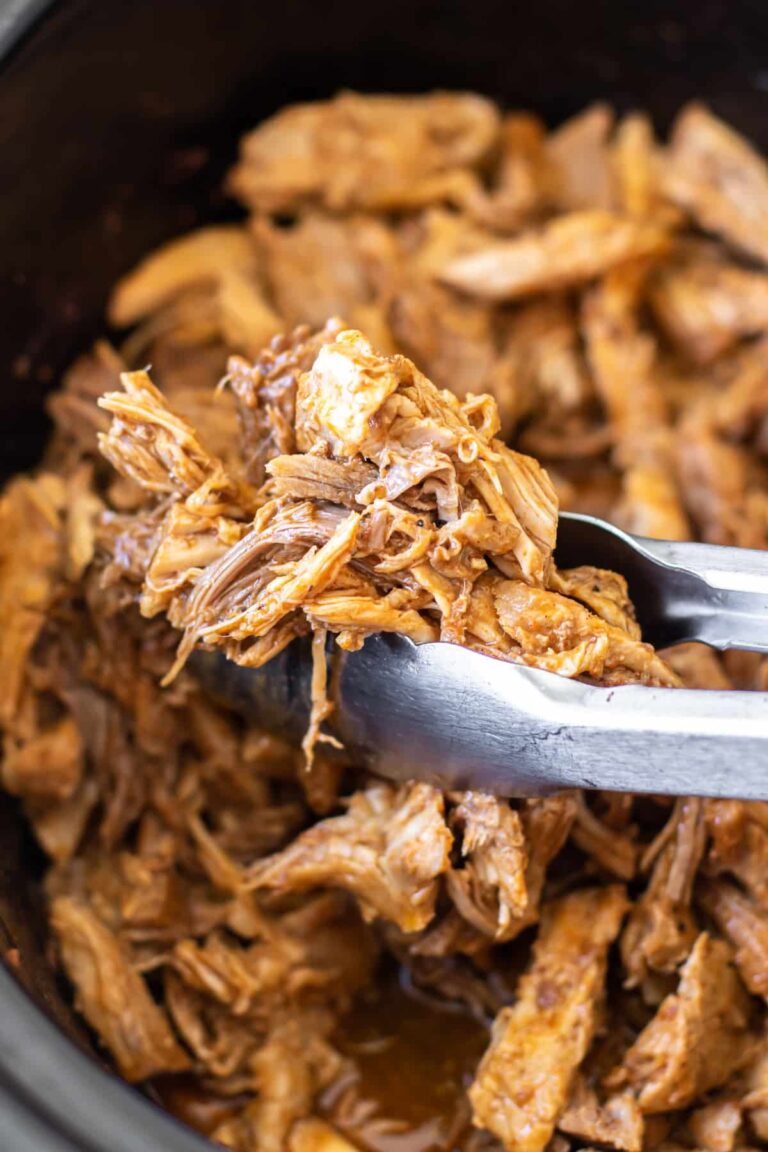What is California Steak?
Hey there! Ever wondered What is California Steak and why it stand out in the crowded world of beef cuts? It’s not just a piece of meat; it’s a culinary experience. Bursting with fresh, vibrant flavors from the Golden State, this steak is often paired with ingredients like zesty salsa, creamy avocado, and citrusy marinades. If you love good food and are curious about innovative, health-conscious cooking, you’re in for a treat.
Unlike typical cuts like ribeye or T-bone, California steak is all about how it’s dressed up. Think vibrant, fresh toppings—maybe a splash of citrusy marinade, a dollop of avocado, or some homemade salsa that brings a bit of zest. It’s a fusion of flavors that captures the sunny, health-conscious vibe of California. Stick around as we dive into what makes a California steak truly special, and hey, why not try whipping one up yourself? Let’s get cooking!
What is California Steak Called?
The term “California steak” doesn’t refer to a specific cut of beef, but rather to a style of preparation that embodies the culinary trends of California. Therefore, it’s typically just called “California steak” when you see it on menus or in recipes. This preparation style highlights fresh, local, and often health-conscious ingredients. For instance, a steak could be topped with avocado salsa or served alongside a fresh vegetable medley. The name itself is a nod to the state’s influence on the dish—emphasizing fresh, vibrant, and creative culinary approaches that are popular in California cuisine.
But California steak, particularly when referring to the iconic tri-tip, embodies a rich tradition within the state’s barbecue culture. Tri-tip first gained popularity in the 1950s in Santa Maria, California, earning the nicknames “California’s Cut” or “Santa Maria Steak.” This particular cut, hailing from the bottom sirloin, is prized for its robust flavor and tender texture when cooked properly.
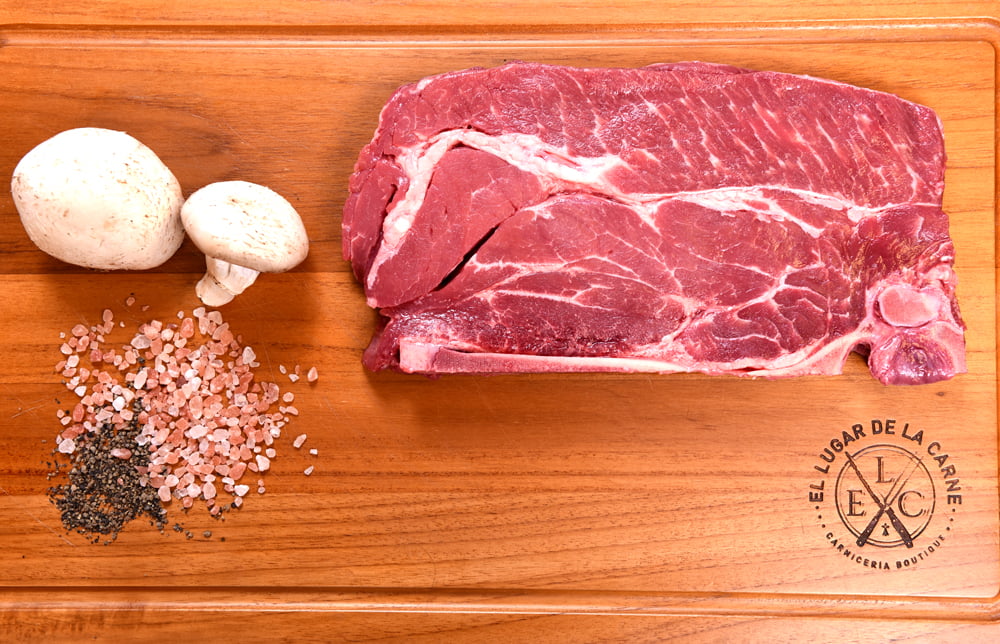
Tri-tip is central to California’s barbecue identity, much like how brisket is to Texas or pork to the Carolinas.
When you hear “California steak,” it often points to this beloved tri-tip prepared with a simple yet effective blend of seasonings and cooked over an open flame, capturing the essence of California’s regional barbecue flair.
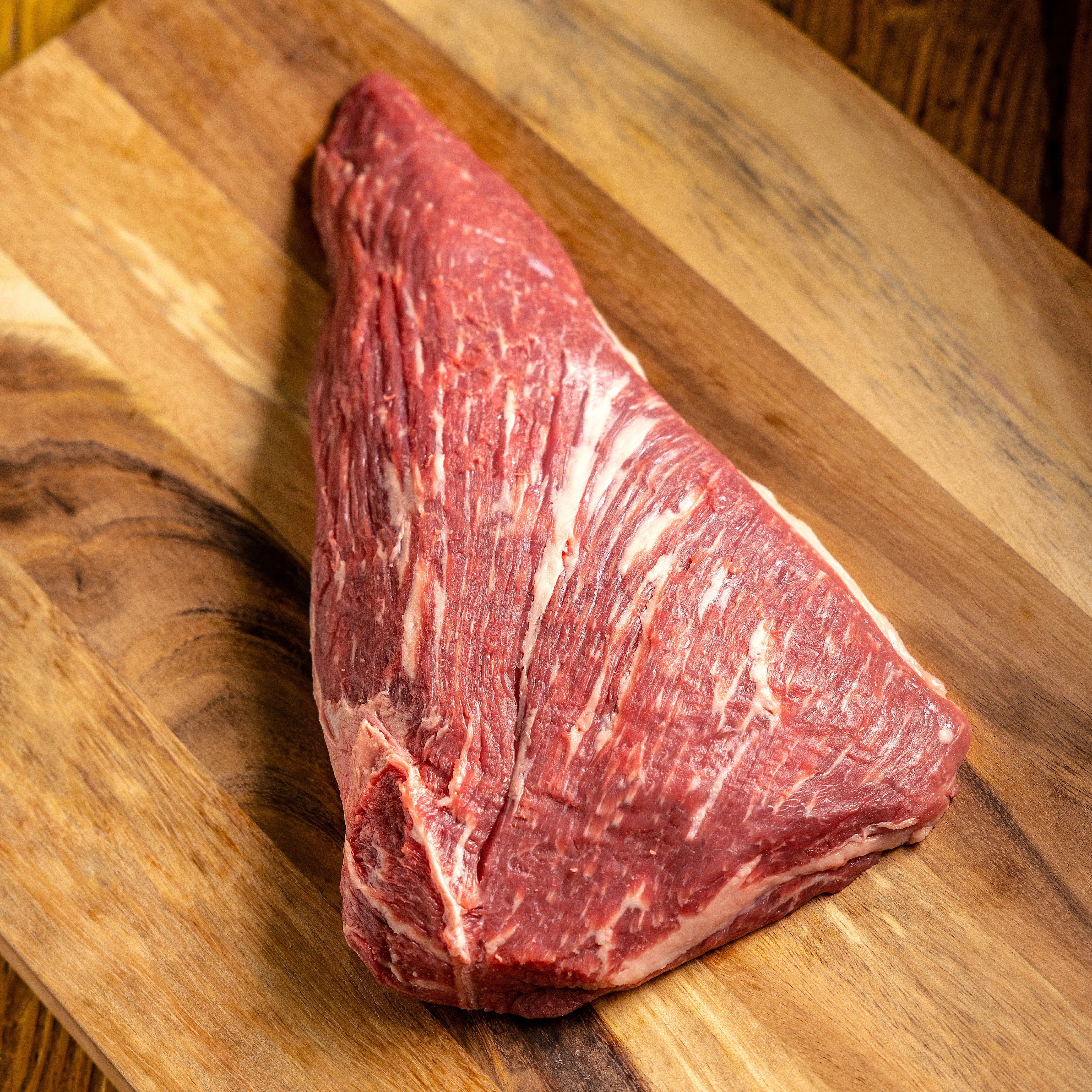
What Kind of Steak is California Steak?
When you hear “California steak,” you might start picturing a specific cut, but it’s actually more about how the steak is seasoned and served. California steak can be any high-quality beef cut—like a sirloin, ribeye, or even filet mignon—that’s been given the California treatment.
This means it’s often grilled to perfection and comes loaded with toppings that sing with freshness and flavor, such as avocado, sun-dried tomatoes, or a citrusy herb dressing. The idea is to enhance the natural flavors of the beef with ingredients that reflect California’s love for farm-to-table freshness. Whether you’re a seasoned steak lover or just exploring, dressing up your steak California-style can add an exciting twist to your meal.
Is California Steak Tender?
The tenderness of a California steak largely depends on the cut of beef you choose as the base. Popular cuts like ribeye, filet mignon, or sirloin, known for their tenderness and flavor, are excellent choices for creating a tender California steak. The real charm of a California-style preparation lies in how these cuts are cooked and served—with light, fresh accompaniments that don’t overpower the meat’s natural qualities.

Grilling or searing the steak to the right doneness ensures it remains juicy and tender. If you pick a high-quality cut and cook it with care, your California steak will not only embody the fresh, vibrant flavors of California but also deliver the melt-in-your-mouth tenderness you crave.

What Can You Do with California Steak?
California steak, especially if you’re using a tri-tip cut, is incredibly versatile and perfect for various cooking methods. Here are a few great ways to enjoy this flavorful cut:
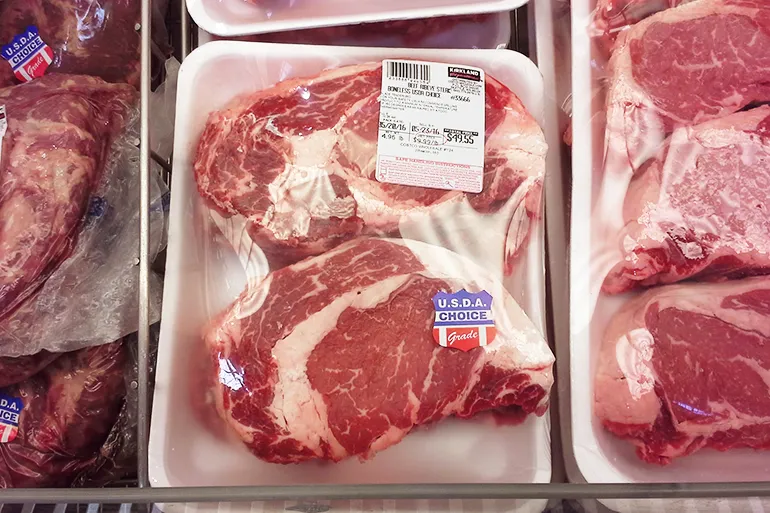
- Grilling: This is perhaps the most popular method. Season the tri-tip with salt, pepper, and garlic, then grill it over high heat to sear in the juices, followed by lower heat to reach the desired doneness. The smoky flavor from the grill complements the natural richness of the meat.
- Roasting: For a more hands-off approach, roasting a tri-tip in the oven can yield succulent results. Rub it with a blend of herbs and spices and roast until it’s beautifully browned and tender.
- Smoking: To enhance the tri-tip with deep, smoky flavors, smoking the meat slowly at a low temperature can be a real game changer. It’s a fantastic way to tenderize the meat while infusing it with layers of flavor.
- Slicing for Sandwiches: After cooking, let the tri-tip rest and then slice it thinly against the grain. It makes for incredibly tasty sandwiches, especially when topped with some grilled onions, peppers, or a tangy barbecue sauce.
- Serving as Tacos or Fajitas: Slice the tri-tip into thin strips and serve it in tacos or fajitas with a variety of fresh vegetables and salsa. It’s a lighter, flavorful option that showcases the versatility of the cut.
These methods highlight the tri-tip’s adaptability and how it can be the star of a range of dishes, from casual barbecues to more formal dinner parties.
Conclusion
In wrapping up, California steak, especially the tri-tip cut, represents more than just a piece of meat—it symbolizes a rich culinary tradition unique to California. Known as “California’s Cut,” tri-tip offers a flavorful and tender choice that integrates seamlessly into various dishes, reflecting the state’s innovative and health-conscious cooking style.
Whether you’re grilling it to perfection, roasting it for a tender feast, or incorporating it into tacos and sandwiches, tri-tip adapts to enhance any meal with its robust flavor. Embracing tri-tip in your cooking not only allows you to enjoy a staple of California barbecue but also invites a piece of California’s culinary heritage into your kitchen.
So next time you’re thinking about steak, consider the tri-tip and the versatile, delicious possibilities it brings to the table.
Disclosure: Our blog contains affiliate links to products. We may receive a commission for purchases made through these links. However, this does not impact our reviews and comparisons. We try our best to keep things fair and balanced, in order to help you make the best choice for you.

